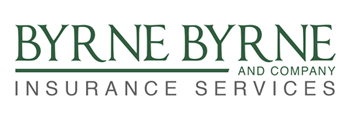 Many large, traditionally-insured employers are watching companies like IBM, Walgreens, TimeWarner, Sears, Aramark, Ingram Micro and Trader Joes move to private exchanges. And like most employers, they are asking themselves:
Many large, traditionally-insured employers are watching companies like IBM, Walgreens, TimeWarner, Sears, Aramark, Ingram Micro and Trader Joes move to private exchanges. And like most employers, they are asking themselves:
- Do I continue to offer medical benefits?
- How do I cover new populations affordably?
- How do I continue to meet changing employee needs and manage complexity?
- How do I meet new regulatory requirements and manage compliance risks?
- How do I manage ever-increasing costs and financial risk?
Assuming they have made the decision to continue offering group insurance, employers are now starting to compare traditional coverage with the private exchange model. Here are the basics:
| Traditional Large Employer Coverage | Private Exchanges | |
| Plan Type | Group | Typically Group |
| Funding | Typically “Defined Benefit” (self funded) | “Defined Contribution” (fully insured) or self-funded |
| Plan Choices | Typically 2-3 | 4+ |
| Actuarial Value | Average 80+ percent, with few if any low-cost plans | Typically broader – 60-90 percent |
| Carriers | One or more | Varies per exchange |
| Customization | High, as requested by employer | Little to none |
| Consistency | High nationwide | High, impacted by state mandates |
| Tax Treatment | Deductible by employer | Deductible by employer |
| Member Support | Varies by employer | Generally high |

